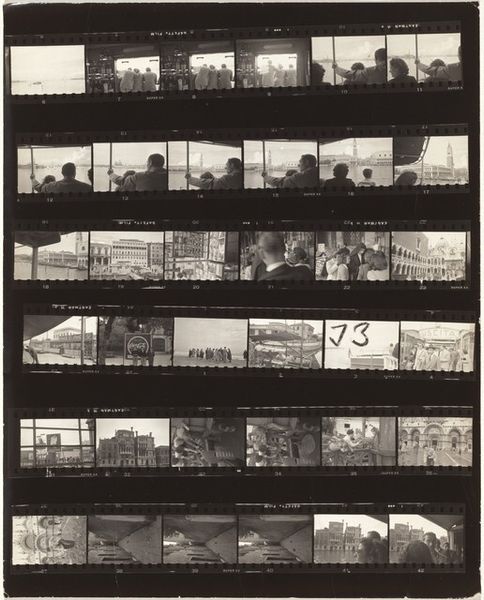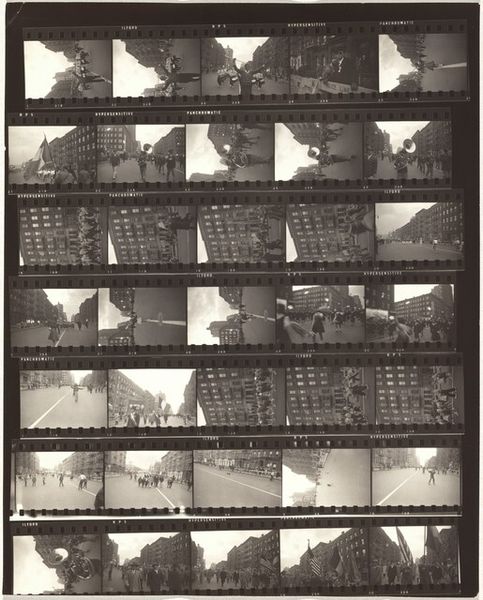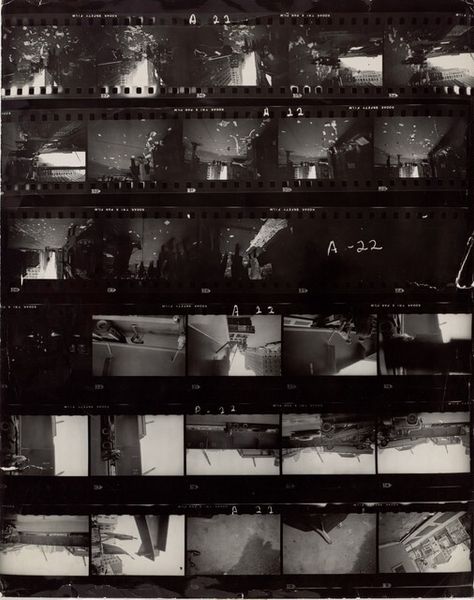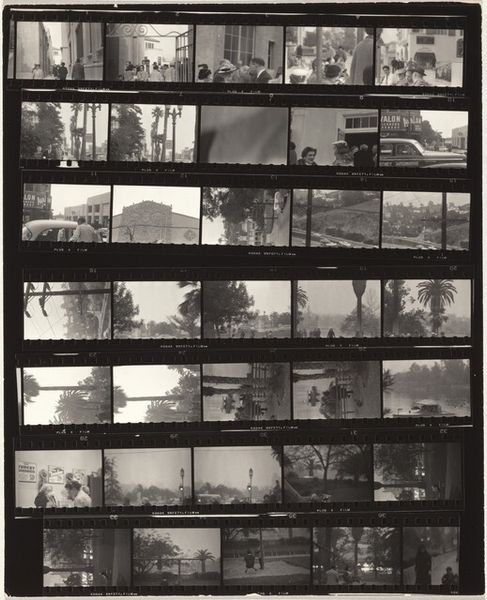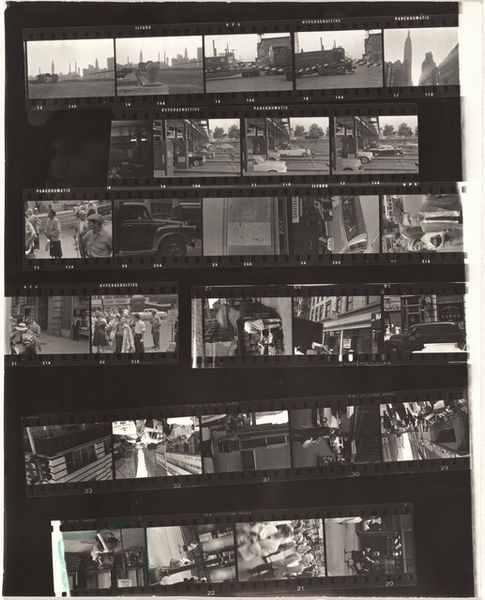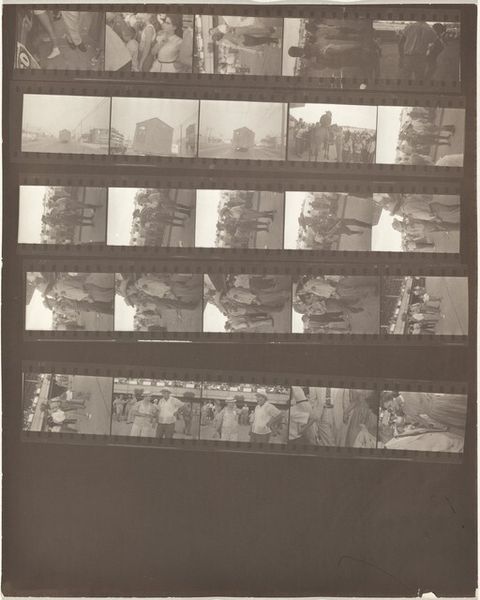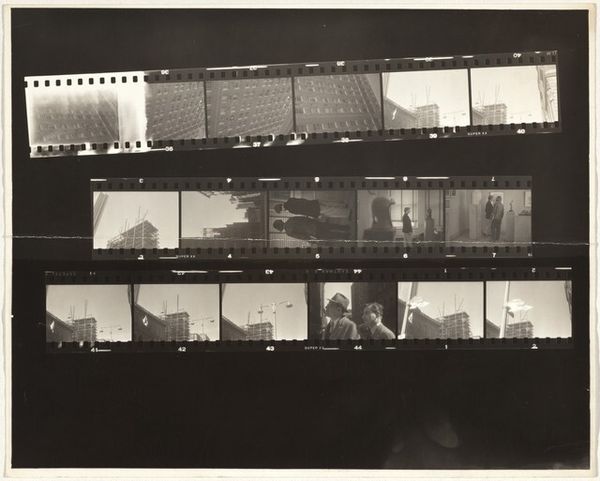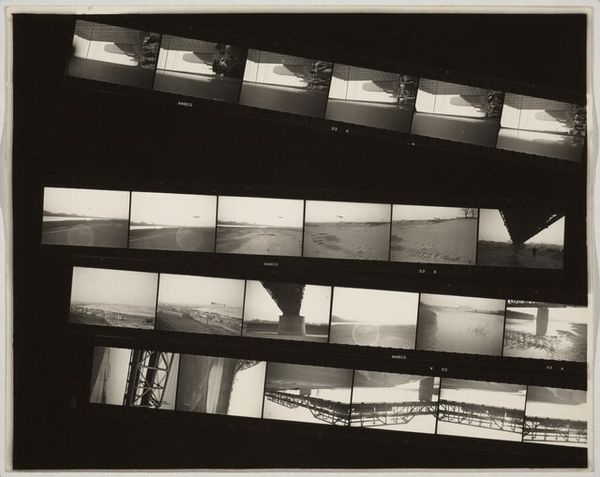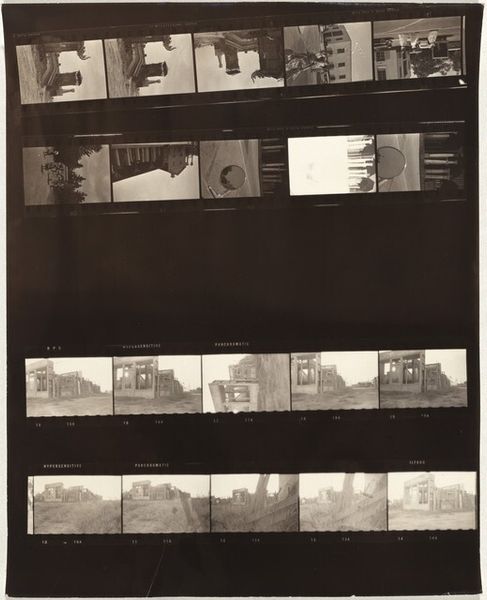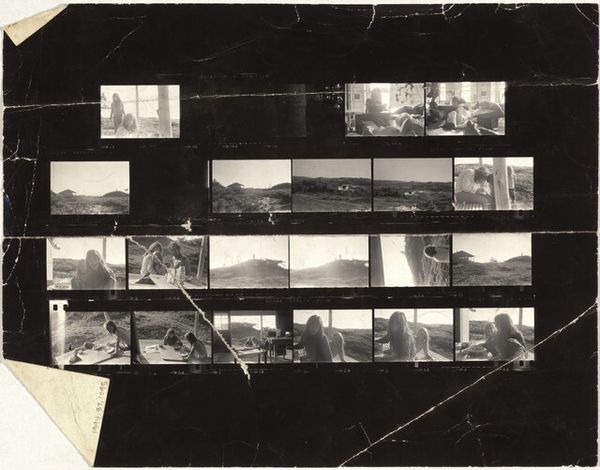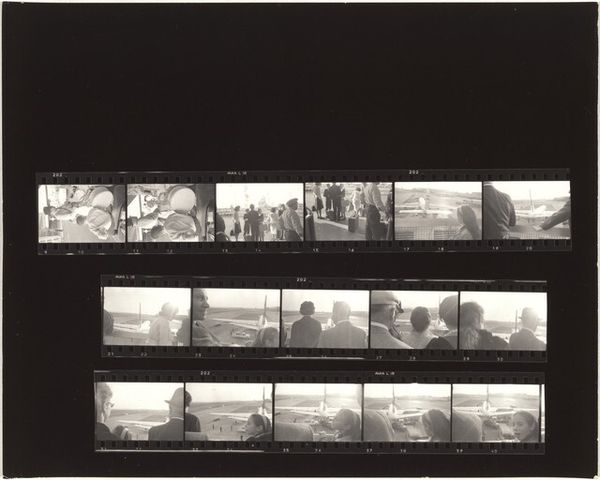
photography
#
black and white photography
#
street-photography
#
photography
#
black and white
#
monochrome photography
#
cityscape
#
monochrome
#
realism
#
monochrome
Dimensions: image: 22.1 × 32.8 cm (8 11/16 × 12 15/16 in.) sheet: 27.94 × 35.24 cm (11 × 13 7/8 in.)
Copyright: National Gallery of Art: CC0 1.0
Editor: We’re looking at “Sarajevo, Bosnia and Herzegovina,” a black and white photograph taken by Leslie Fratkin, probably between 1995 and 2000. There's this striking contrast between the dark, silhouetted interior of a vehicle, I think, and the bombed-out cityscape visible through the windshield. What kind of narrative do you see embedded in this image? Curator: I see a potent visual document that transcends simple documentation. It's framed not just through the windshield, but through the recent history of conflict. Notice how the perspective implicates the viewer: are we arriving, or are we leaving? What sociopolitical realities have created such images? Editor: The ambiguity really strikes me. I wasn't sure what to make of it when I first looked at it. I didn’t immediately notice the damage to the buildings in the background, actually. It's quite subtle at first. Curator: The power of images like this lies in the delay of revealing that subtle horror. Why do you think Fratkin chose this perspective? Is it perhaps to underscore the banality of violence, or is it rather to imply that bearing witness is never straightforward? Editor: It's a sobering thought. It’s like, the everyday, routine action of driving contrasts starkly with the extraordinary circumstances visible outside. Do you think it matters that Fratkin is an outsider, photographing this scene? Curator: Absolutely. The photograph, while seemingly objective, is always inflected with the photographer's position within power structures. How does an image like this function when circulated in Western art spaces? Is it simply 'raising awareness' or does it run the risk of perpetuating voyeurism? Editor: It definitely brings a new complexity to viewing documentary photography. Thinking about who gets to tell which stories, and how, adds another layer to my understanding of this photo. Curator: Exactly. And remembering the agency and resilience of the people within such stories remains paramount. This photograph becomes a prompt for that kind of critical engagement. Editor: This has made me see the layers of meaning that can be present even in what appears to be a straightforward documentary image. I will keep these perspectives in mind.
Comments
No comments
Be the first to comment and join the conversation on the ultimate creative platform.


